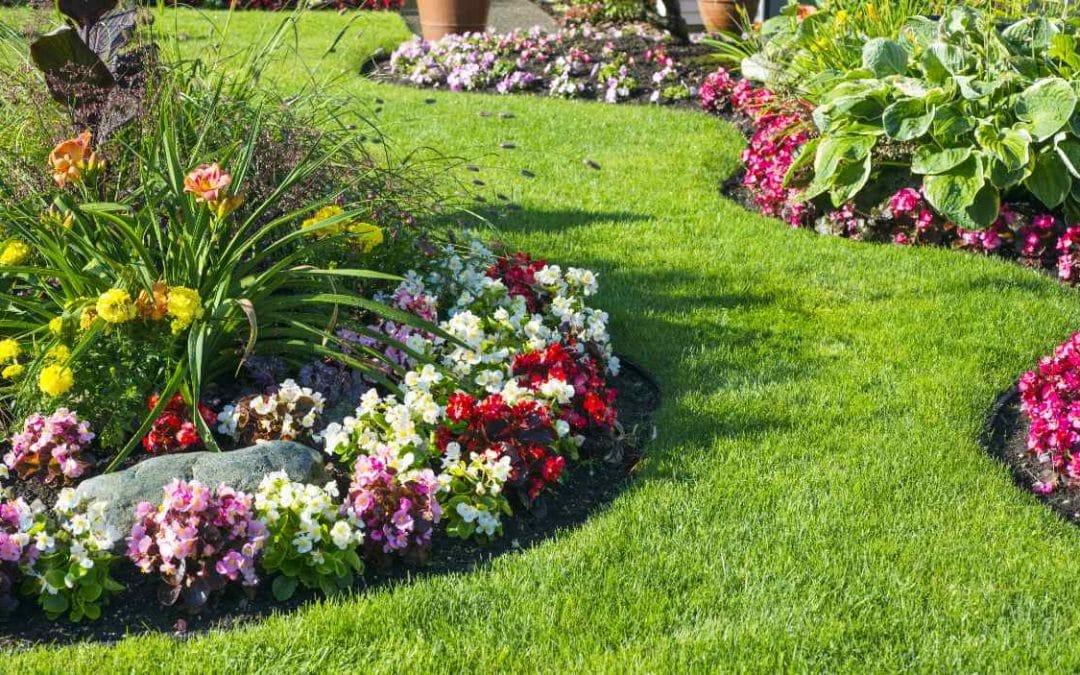Creating a functional and visually appealing outdoor space requires the harmonious integration of hardscaping and landscaping. By combining these elements thoughtfully, you can achieve a balanced design that enhances usability and natural beauty.
Plan for Balance and Flow
To create a cohesive outdoor space, start by planning how hardscaping and landscaping will work together. Hardscaping includes elements like patios, walkways, and retaining walls, while landscaping focuses on plants, trees, and grass. Consider how people will move through the space and aim for a layout that blends natural and man-made features seamlessly.
Choose Complementary Materials
The materials you select for hardscaping should complement the surrounding landscape. For example, natural stone pathways pair beautifully with lush greenery, while sleek concrete or pavers work well in modern gardens. Coordinating textures and colors ensures a cohesive look that ties the space together.
Incorporate Functional Features
Integrate functional hardscaping elements, such as seating areas, fire pits, or outdoor kitchens, into your design. Surround these features with thoughtfully chosen plants to soften edges and enhance the natural feel. Adding shade with trees or pergolas can make the space more comfortable and inviting.
Focus on Sustainability
Consider sustainable options when integrating hardscaping and landscaping. Permeable pavers, native plants, and efficient irrigation systems can help reduce environmental impact. Sustainable design ensures your outdoor space is not only functional but also eco-friendly.
A well-integrated outdoor space combines the structure of hardscaping with the charm of landscaping to create a balanced and functional environment. With careful planning, complementary materials, and sustainable choices, you can enjoy a space that’s as beautiful as it is practical.

